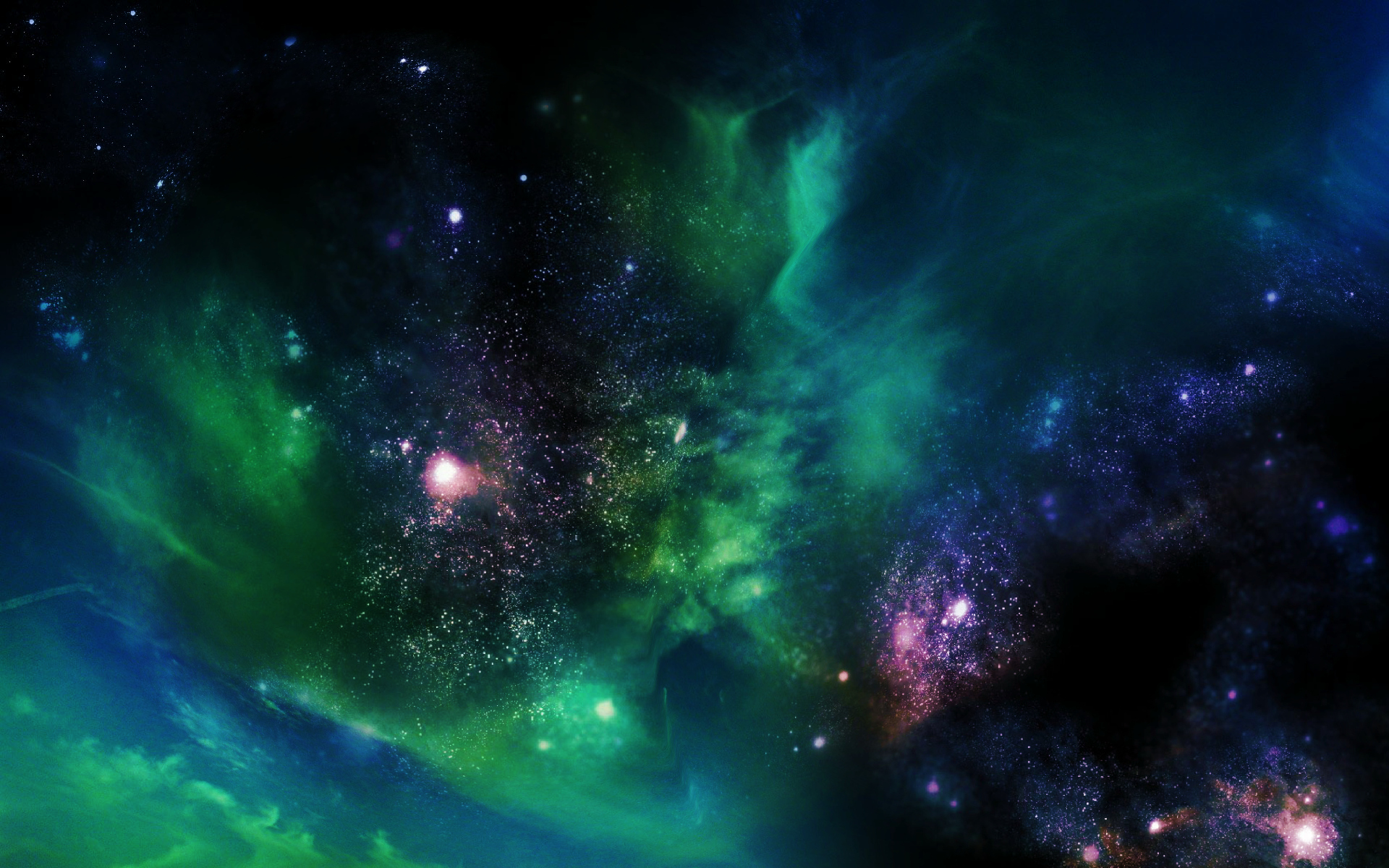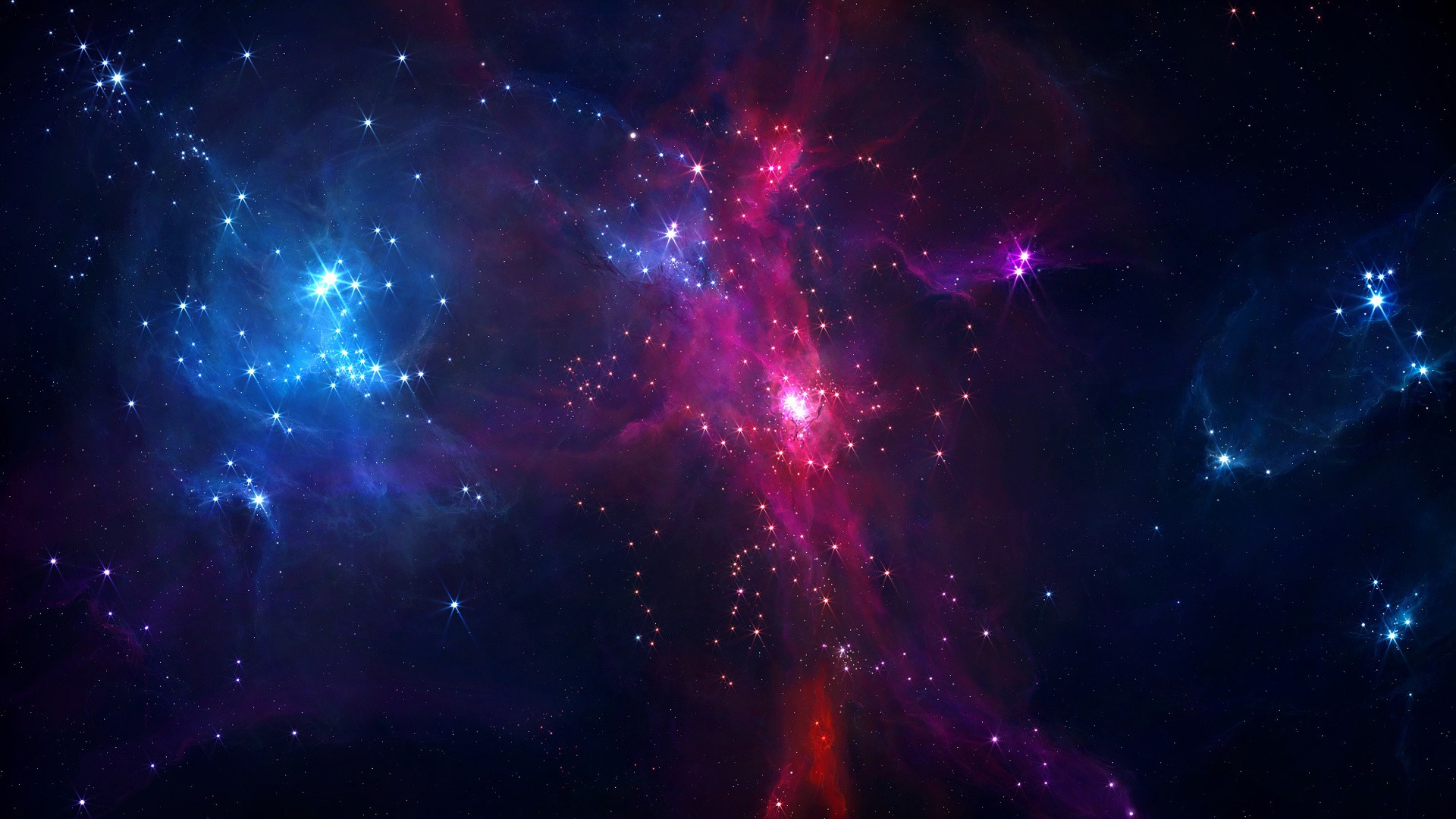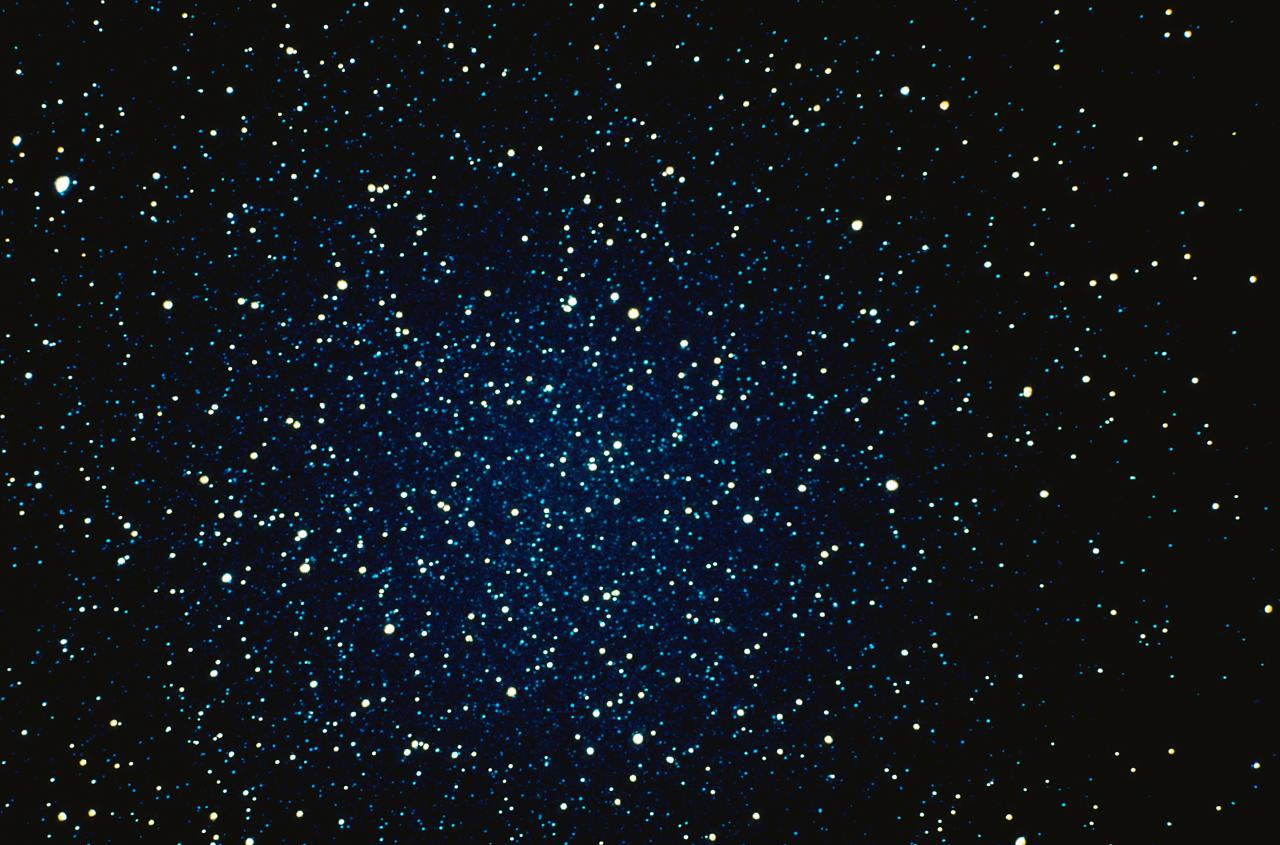
Does life appear independently on different planets in the galaxy? Or does it spread from world to world? Or does it do both? New research shows how life could spread via a basic, simple pathway: cosmic dust.

Lightning strikes were just as important as meteorites in creating the perfect conditions for life to emerge on Earth, according to new research. This shows that life could develop on Earth-like planets through the same mechanism.

According to a recent study, if planets with similar conditions and evolutionary time lines to Earth are common, then life should have little problem spontaneously emerging on other planets and the odds are 3:2

Acetobacterium woodii is a new bacteria that is able to live in both hydrogen rich and hydrogen absent environments. This allow it to live in a variety of extreme environments, like the ocean floor or maybe another planet.

Accounting for the buildup of toxic gases predicted to occur in the atmospheres of most planets narrows the habitable zone for complex life by half and, in some cases, rules it out altogether, the study concludes.

A research into how life evolved on Earth has shown that water alone does not guarantee life – nor does the presence of oxygen gas. And that two other major biosignatures, carbon dioxide and carbon monoxide could be needed.

Barnard b or GJ 699 b – might have microbes or other simple life in its environment as long as there is a lot of thermal activity within the planet itself. This would theoretically provide enough energy for life to survive.

According to new study, an extrasolar planet orbiting Barnard’s star, an M-type (red dwarf), that is just 6 light years away could actually support life, assuming the planet experiences enhanced geothermal activity.

Of the thousands of known exoplanets, Kepler-452b has the most ideal combination of UV light exposure and conditions for liquid water.

A new scientific model studies whether liquid water can be maintained on planets in various conditions, and could be used to confirm the presence of vegetation on faraway worlds.

A very simple chemical analysis is being developed by NASA scientists that could someday be used by robotic missions on other worlds to detect alien biology.

A new model has been developed to help in the search for life beyond our solar system.


Tides can render the so-called "habitable zone" around low-mass stars uninhabitable, according to new research. Until now, the two main drivers thought to determine a planet